Yesterday I visited the Lee Kong Chian Natural History Museum at National University of Singapore (NUS), which was recently open to the public. I had no idea what to expect but I was so excited to see what specimens the museum had, since it was my first time going to a Natural History museum. Here are some highlights from the museum!
The entrance inside had this huge art piece on it, and on looking closer we saw that it was designed in the way the specimens of birds and other creatures are collected for the museum.
The gallery has two floors, the first floor being the Biodiversity gallery, which is divided into the several flora and fauna in Southeast Asia. The second floor was the Heritage gallery and it showed how the biodiversity in Singapore has evolved over the years. My favorite level was the Biodiversity level, since I was able to recognize many of the species and also learned about new ones. I loved how the gallery was divided into the different life forms. These included mammals, birds, molluscs, fungi, plants, fish, reptiles and arthropods.
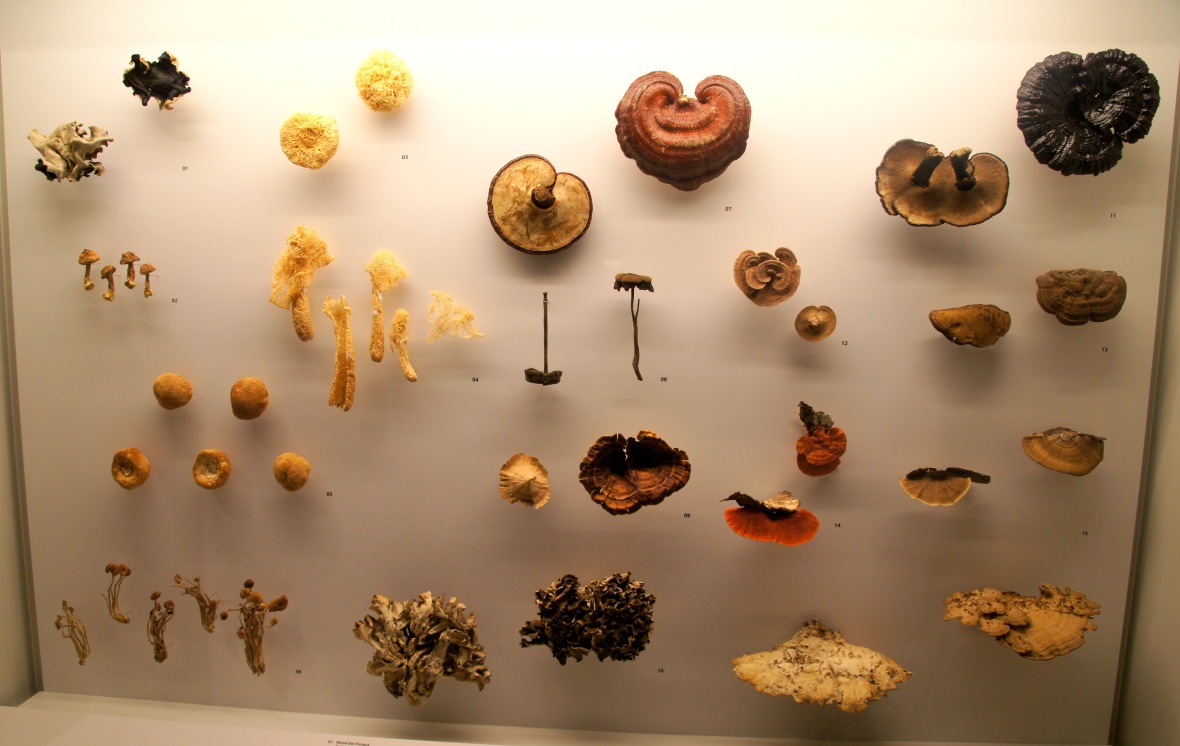
I loved how the specimens were displayed. Each were numbered and below was the corresponding name and description. These were fungi specimens.
The centre of the gallery had the jaw-dropping, humongous dinosaur skeleton. There were three Diplodocid saropod dinosaurs, which were nicknamed Prince, Apollonia and Twinky! They were found between 2007 and 2010 in Wyoming, United States. They are believed to be a part of a herd or even a family. The Diplodocid dinosaurs are among the longest creatures to ever walk on the planet.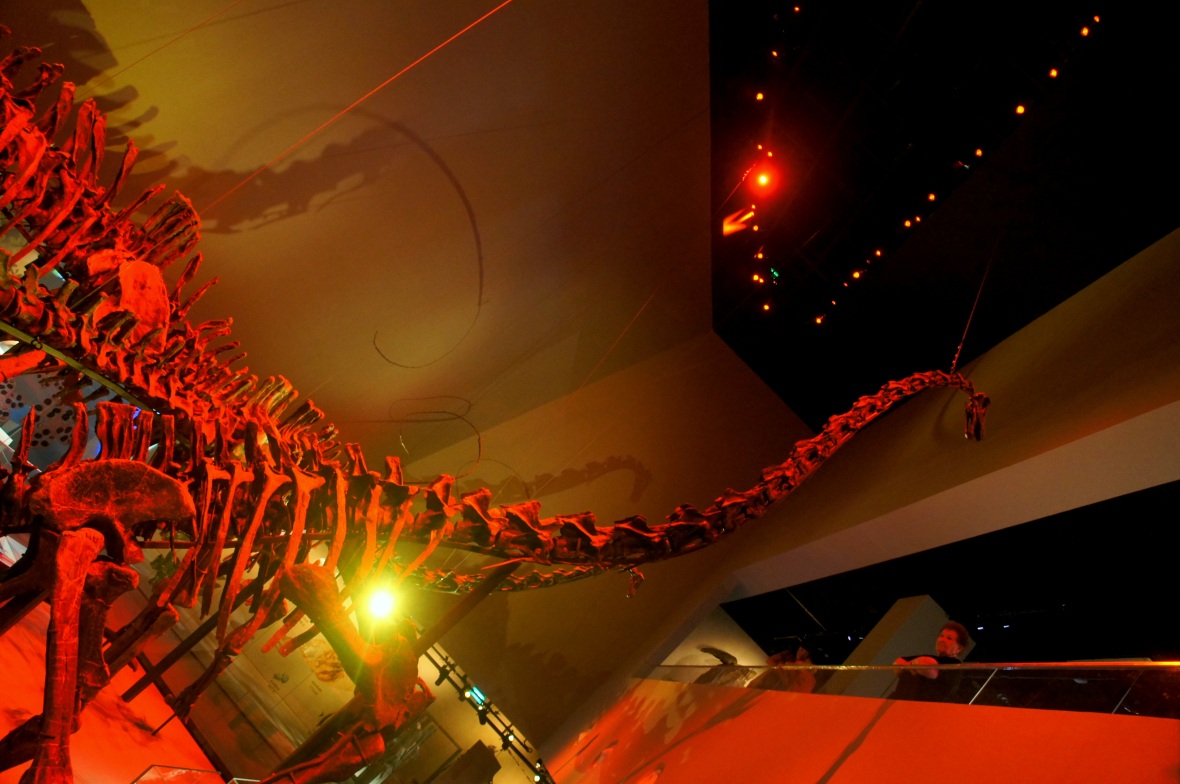
Near the entrance there was a model of the largest individual flower in the world, the Raffelesia flower. It may reach over a metre in diameter and weigh over 10 kilograms. It has a strong odor to attract flies to pollinate its flowers and does not produce roots, leaves or stems!
Another interesting display of flora was the ten common trees in Singapore. I loved the creative way of presenting the information- there was a wood stump of the tree right, with the descriptions right beside. Some species I recognized was the Tembusu, Saga and the Rain Tree.
A diverse species of birds were displayed in the gallery, from the Common Kingfisher to the stunning Birds of Paradise.
Did you know there are over 9,700 living reptile species in the world? There was an array of reptile species displayed, like flying lizards, crocodiles, snakes, and turtles.
This specimen of the Leatherback Sea turtle which was 1.75 metres long, was found in Siglap and is the only recorded sighting in Singapore!
There were even some interesting amphibians like newts and frogs.
I spotted this specimen of the beautiful Basket Star.. what a unique sea creature.They live in deep sea habitats and in the wild, can live up to 35 years!
The whole second floor of the Heritage gallery was very appealing, with drawers and cupboards to be opened to reveal more specimens and information. It was again, a unique way of getting the visitors engaged and interested! On opening one of the cupboards, we saw the different elements required in the process of preserving the specimen.
My favorite section of the gallery was all the insects in the arthropod section! There were some fascinating species of butterflies and beetles.
I learnt about this cicada species called the Empress Cicada. The Empress Cicada is the largest cicada in the world and its wingspan can go above 20cm. Its call which is at sunset, can be heard over 1.5 kilometers away! That’s amazing!
I never thought stick insects could be so fairy-like and beautiful! This species of stick insect has wings that were pink in color, and seemed to have a papery texture. Southeast Asia apparently has the highest diversity of stick insects in the world!
I thoroughly enjoyed every part of the museum- it was informative in a way that I didn’t feel bombarded with facts and knowledge, instead I had vivid images of the tropical biodiversity and heritage of our world as I exited. I would love to go there again, maybe on a guided tour!
There were many more mind blowing things we saw in the museum.. It wouldn’t be right if I shared every detail because you should visit this wonderful museum yourself! It’s perfect to visit with your family and children will love the whole experience! It’s a great way to learn about the biodiversity and history of the nature in Asia as well as raises awareness about the wildlife destruction and threatened species.
every detail because you should visit this wonderful museum yourself! It’s perfect to visit with your family and children will love the whole experience! It’s a great way to learn about the biodiversity and history of the nature in Asia as well as raises awareness about the wildlife destruction and threatened species.
————————————————————————————————————
MORE DETAILS….
Address: Lee Kong Chian Natural History Museum
Faculty of Science, National University of Singapore
2 Conservatory Drive, Singapore 117377
Opening Hours: 10am to 7pm (Closed on Mondays)
Admission Prices: Local Residents Adult $16 | Children (3-12), students, Senior Citizens and NSFs $9
Standard Ticket Adult $21 | Child $13 (Tickets must be purchased from SISTIC. The above prices include the $1 booking fee of SISTIC) NUS staff and students can enter for free but must register here.
here.
Nearest MRT: Kent Ridge.
Bus: 96,151
For more details visit the museum’s website.
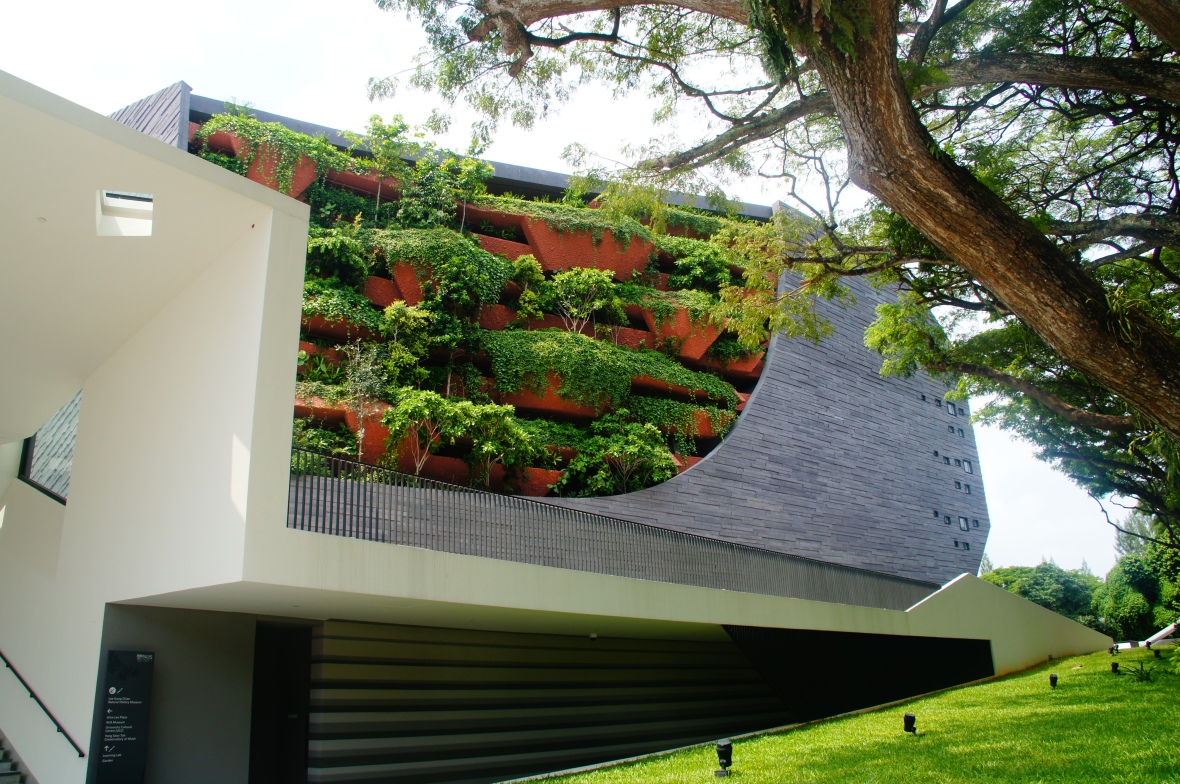

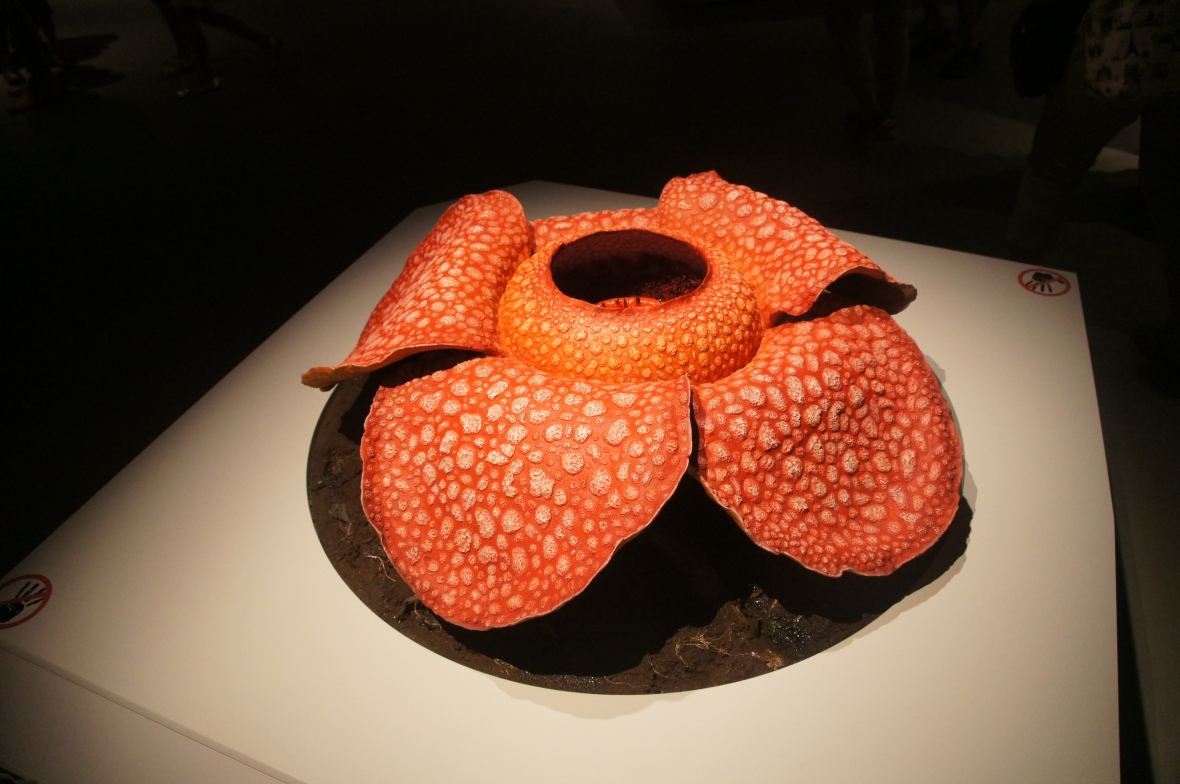
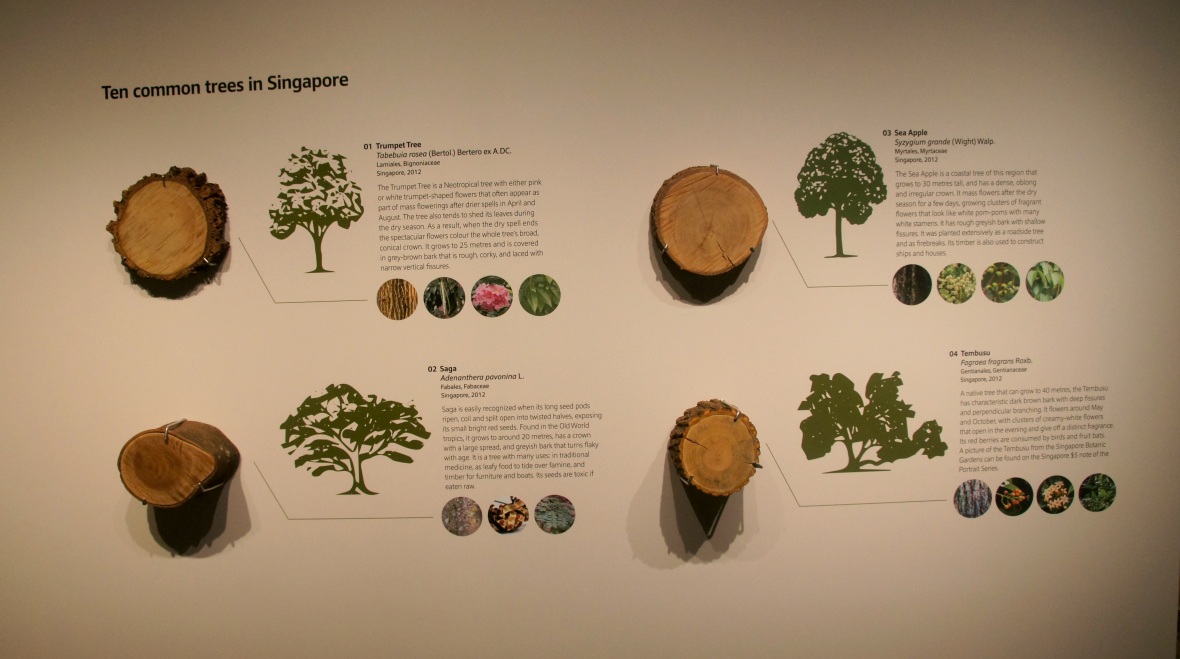
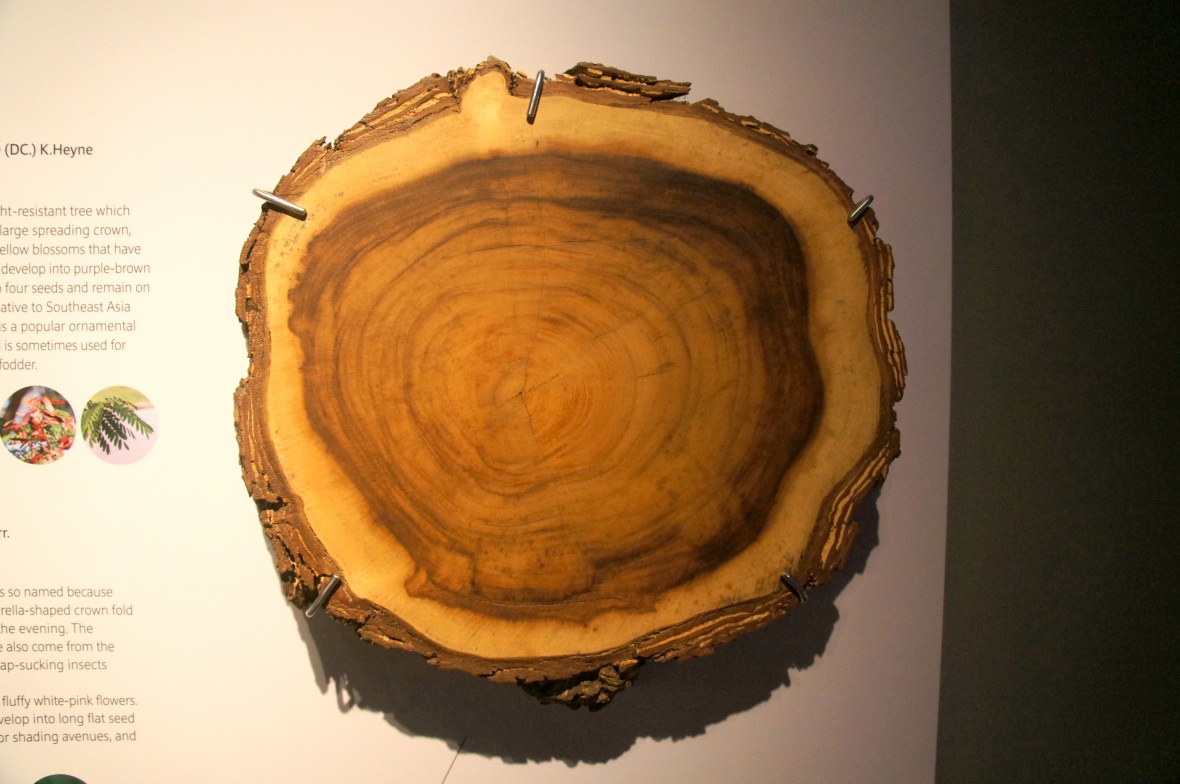
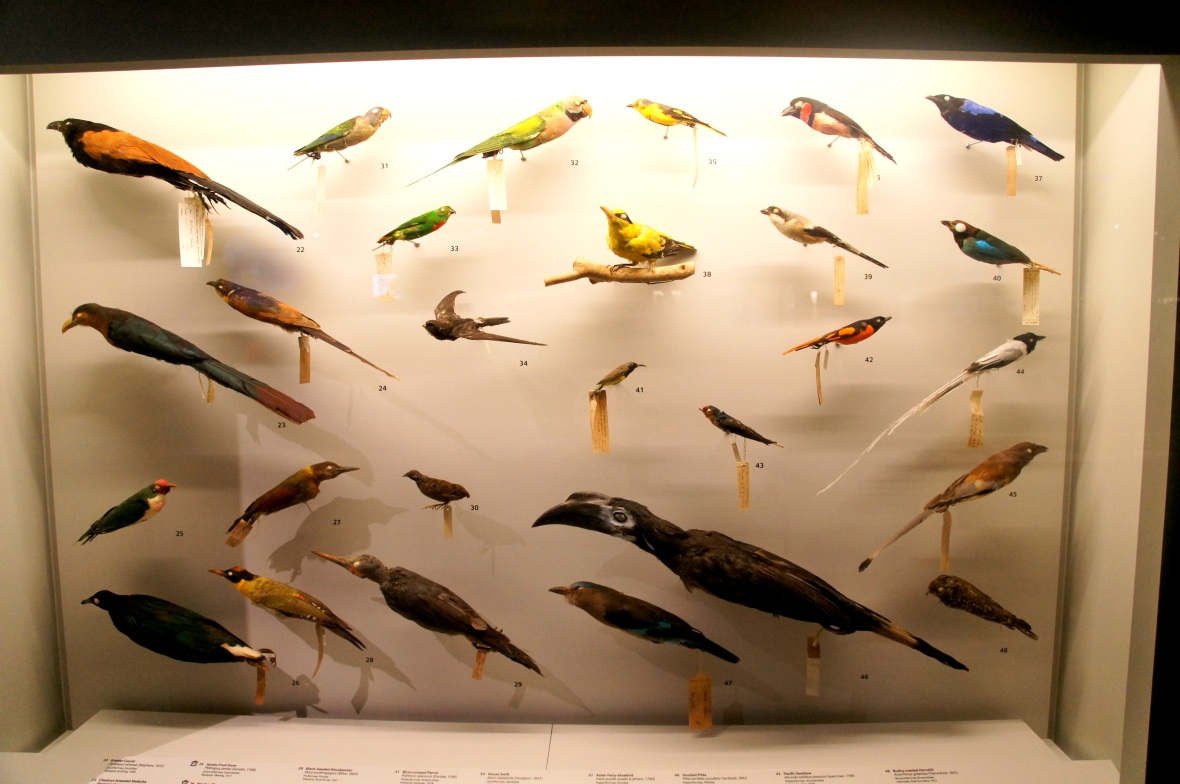

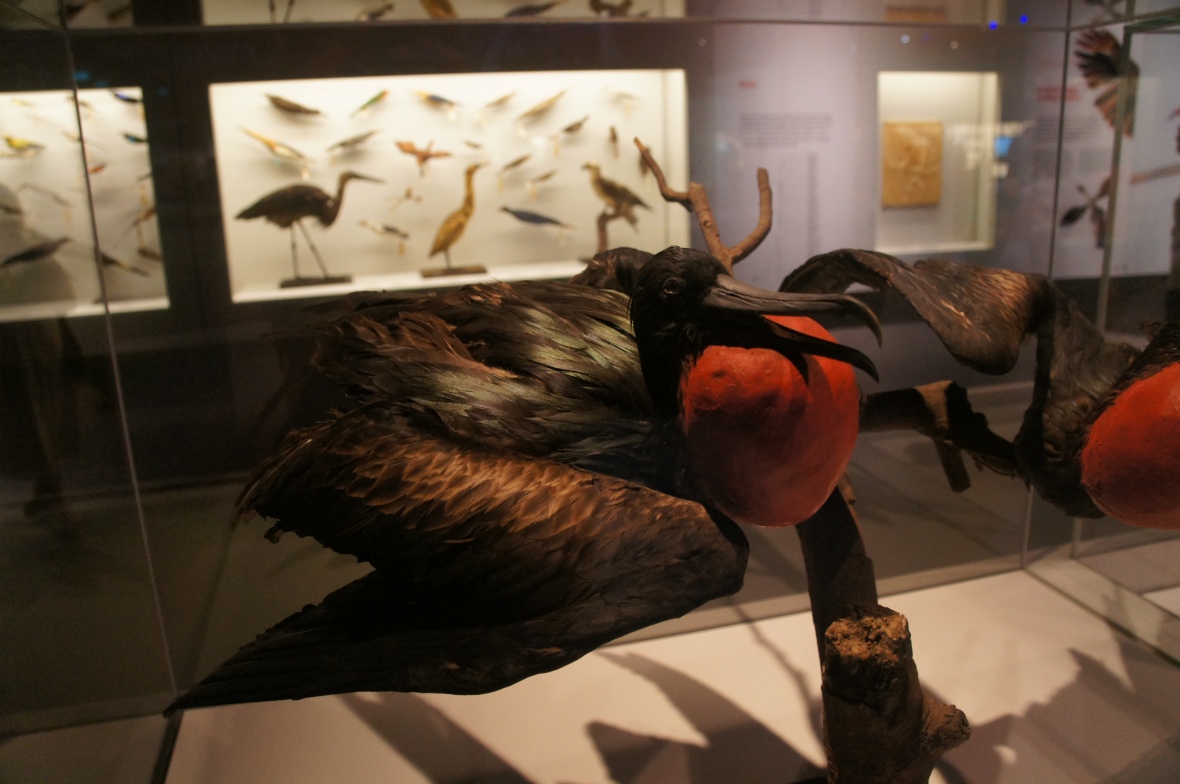
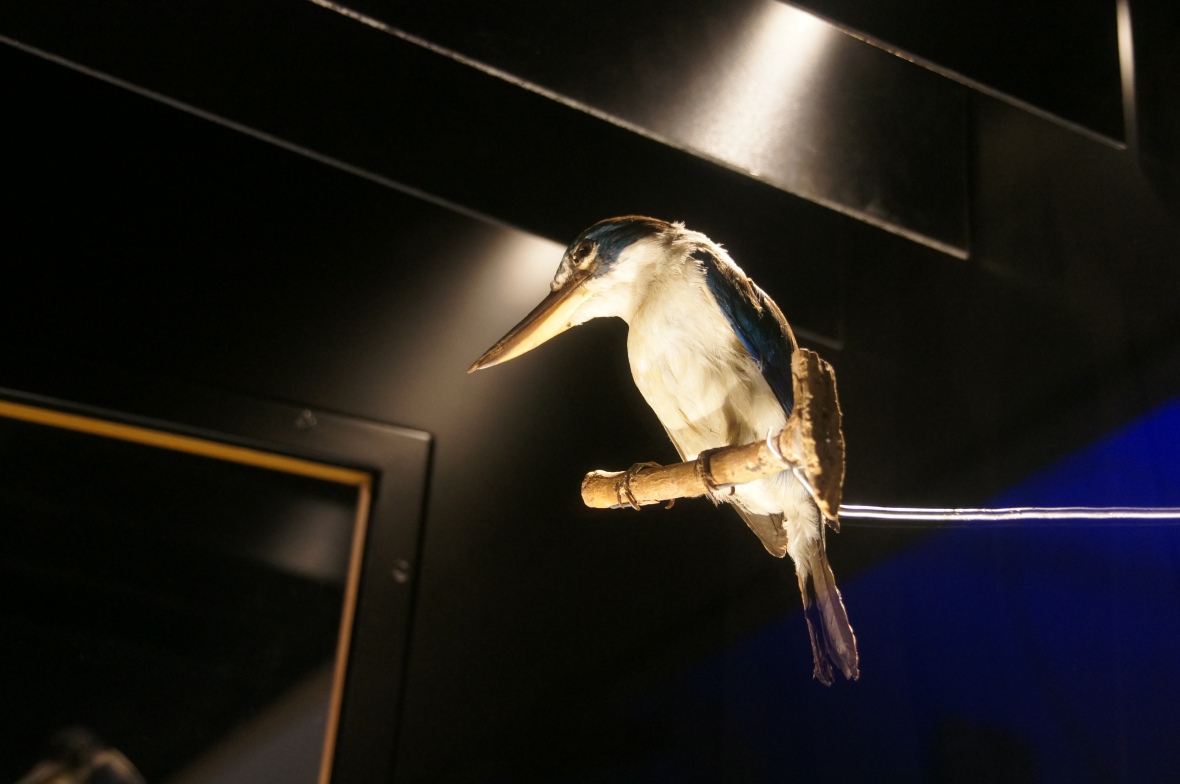
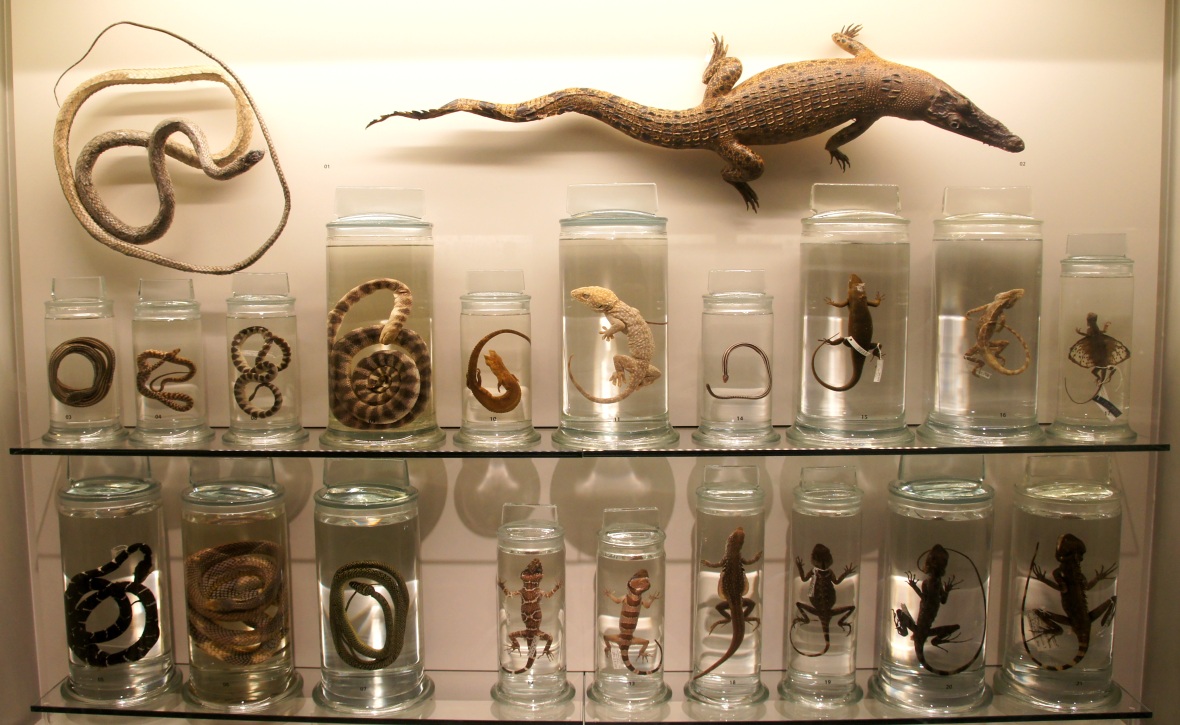
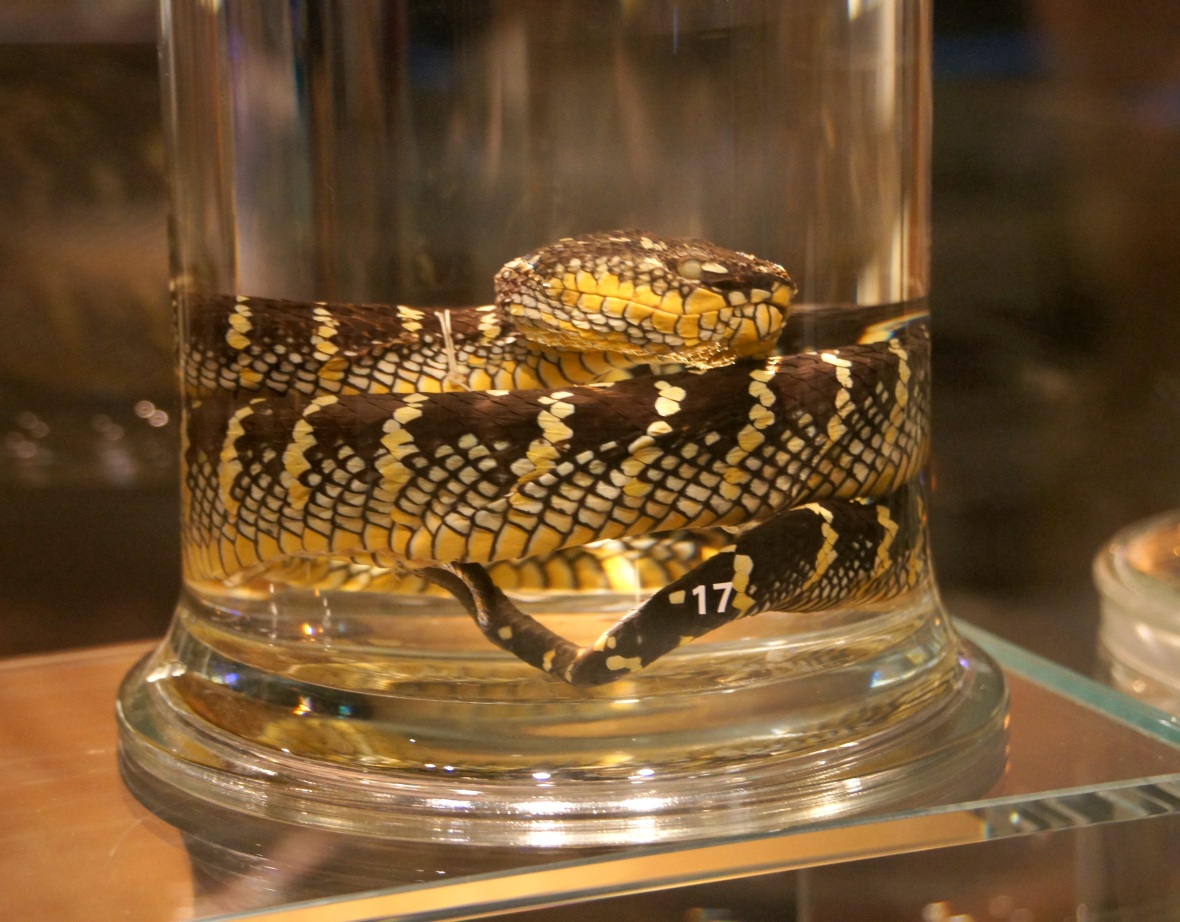
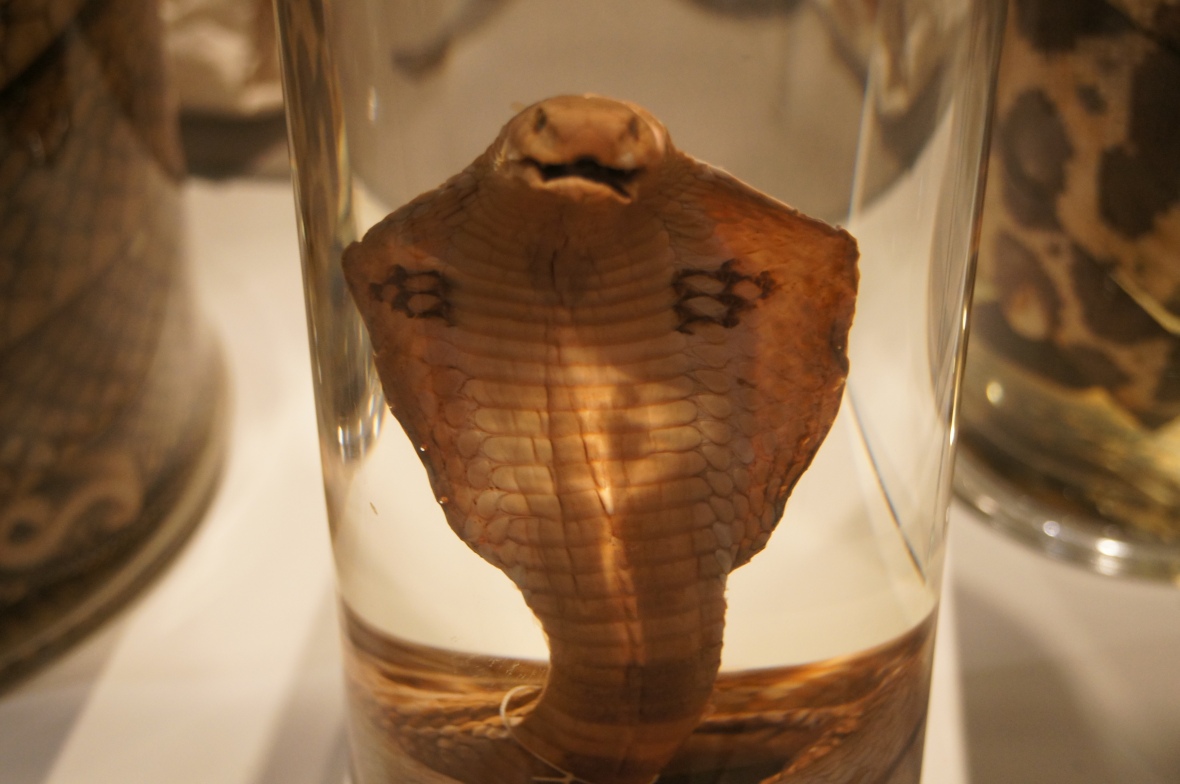
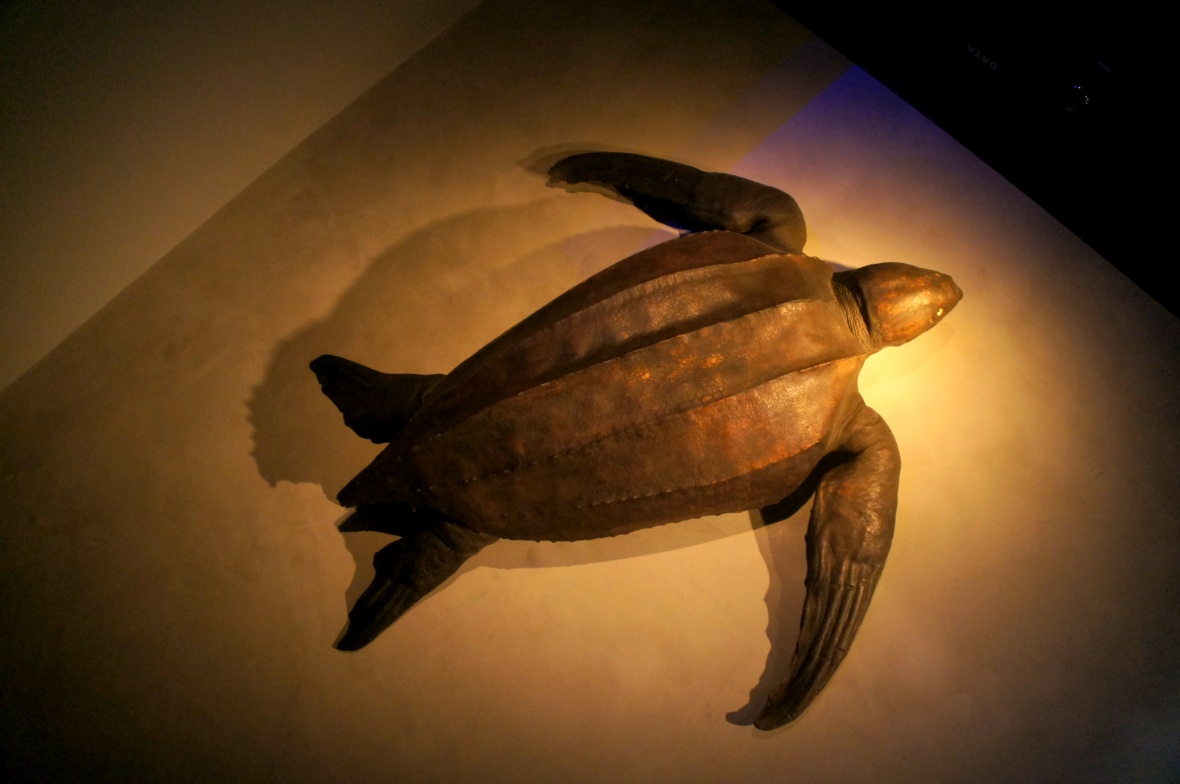
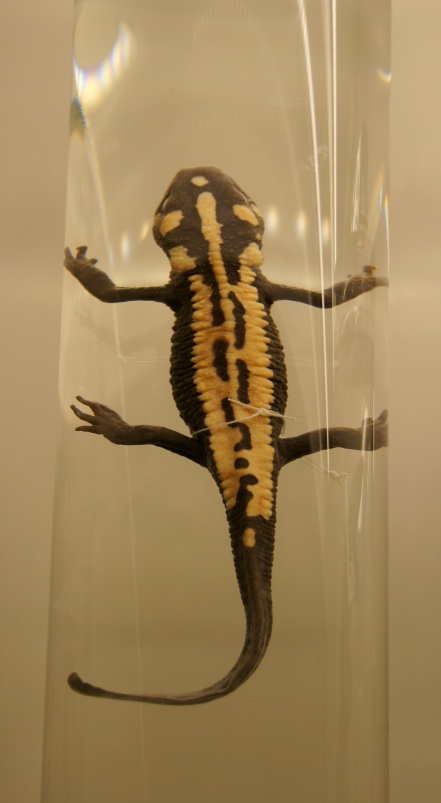
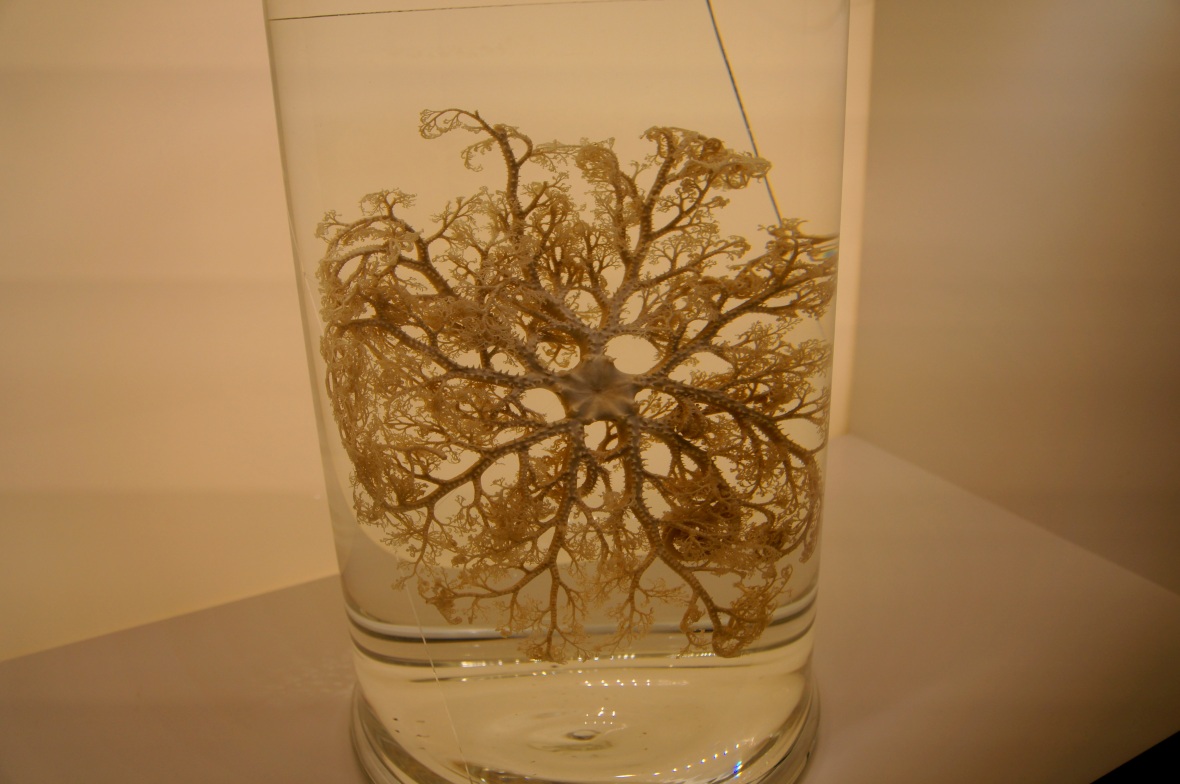
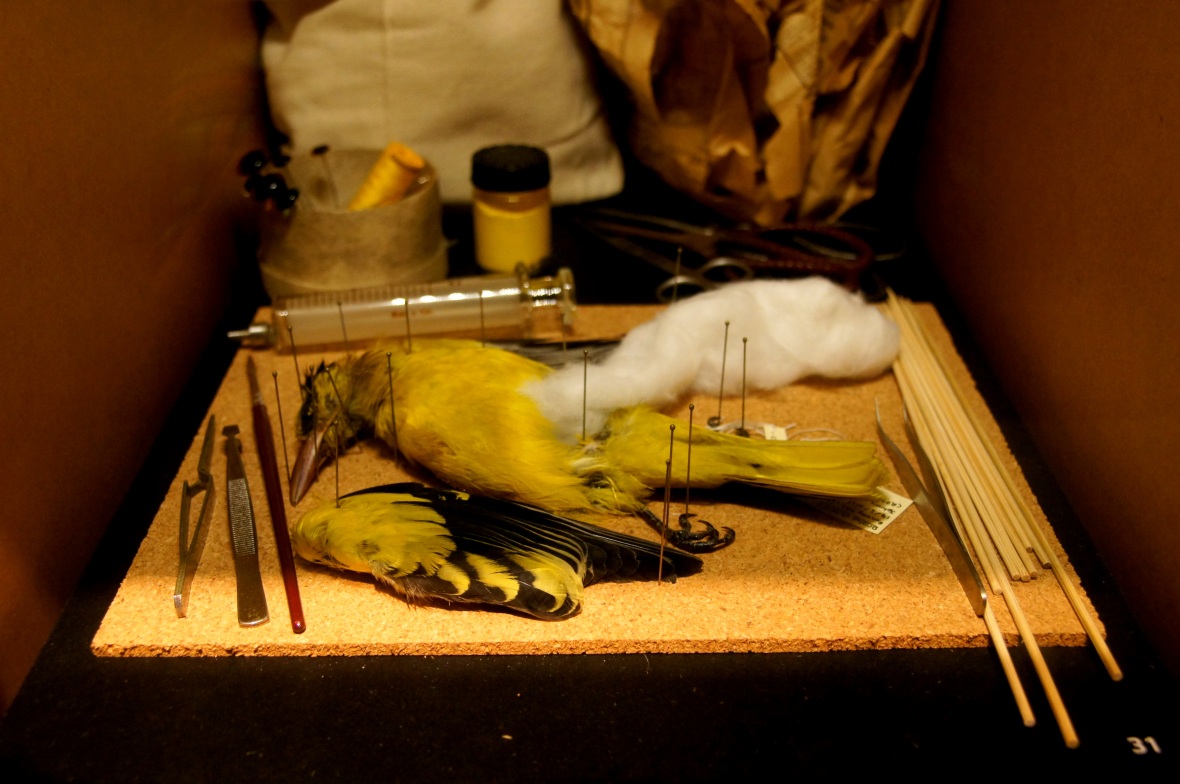
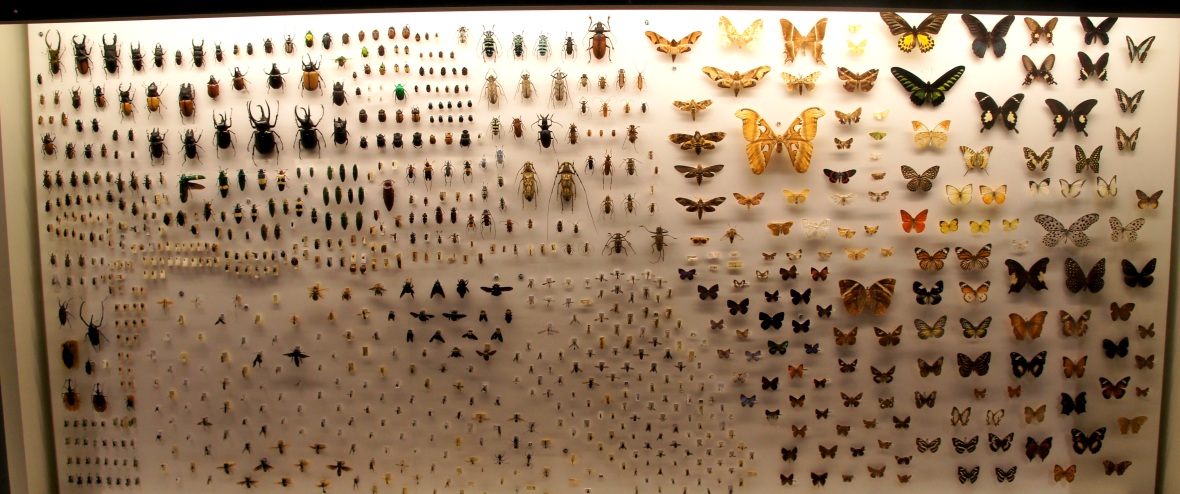
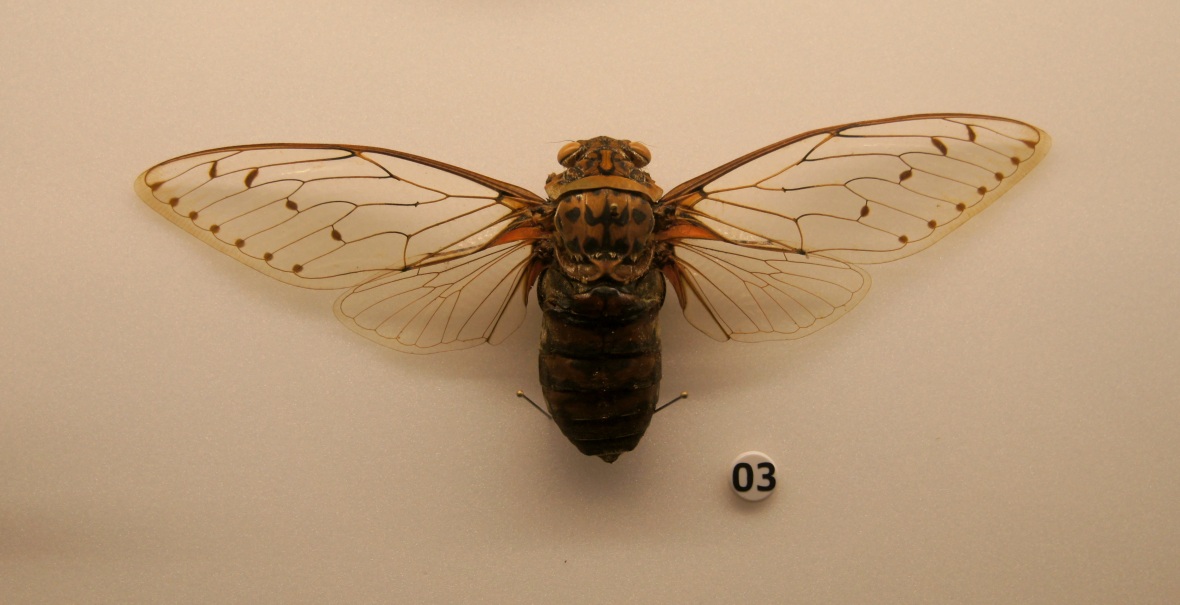
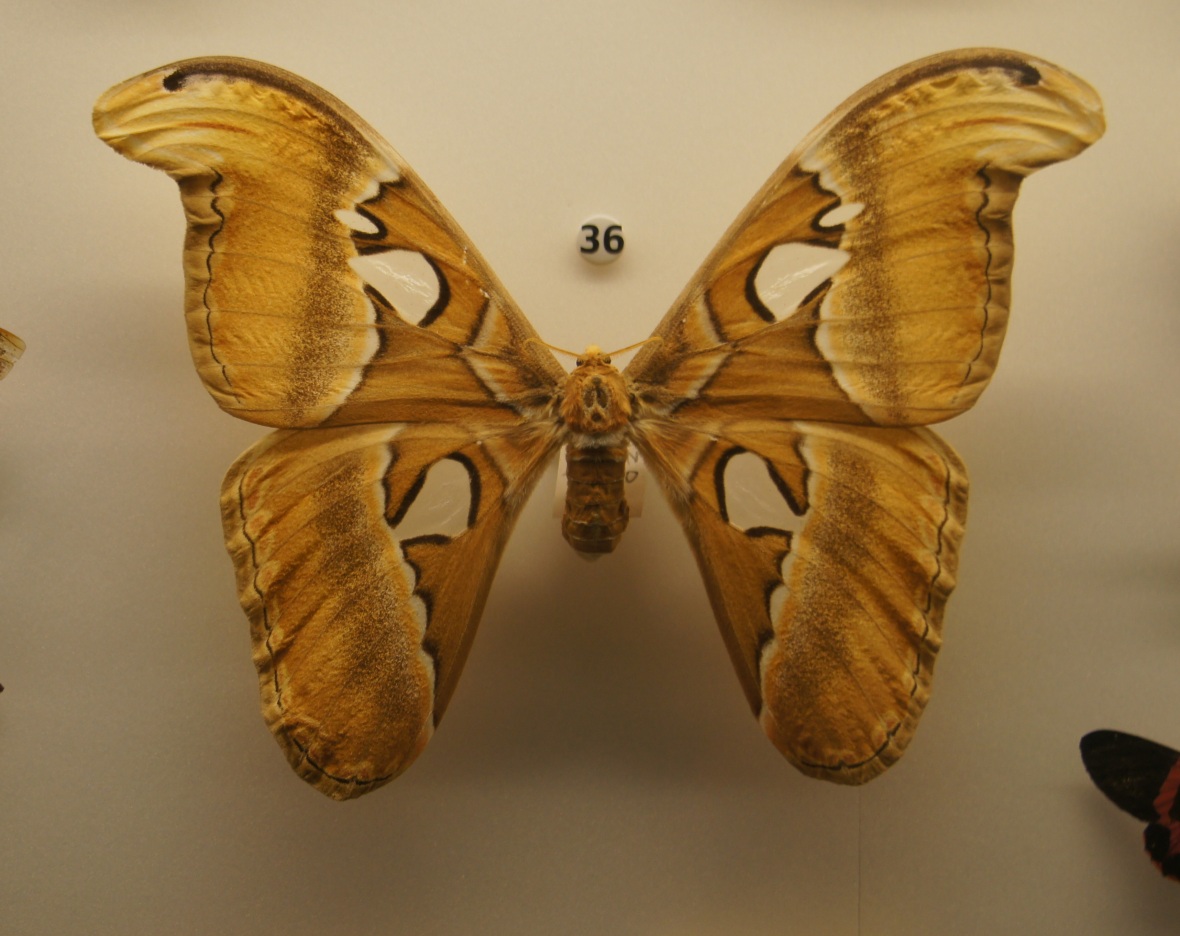
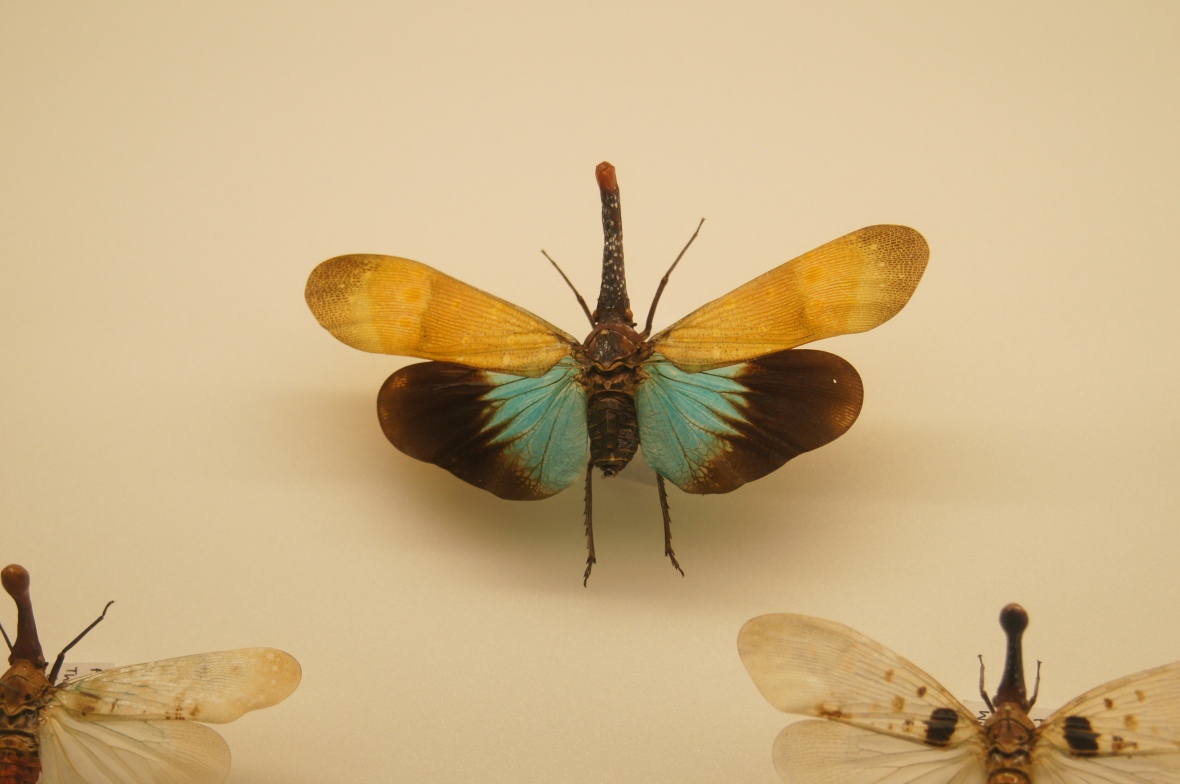
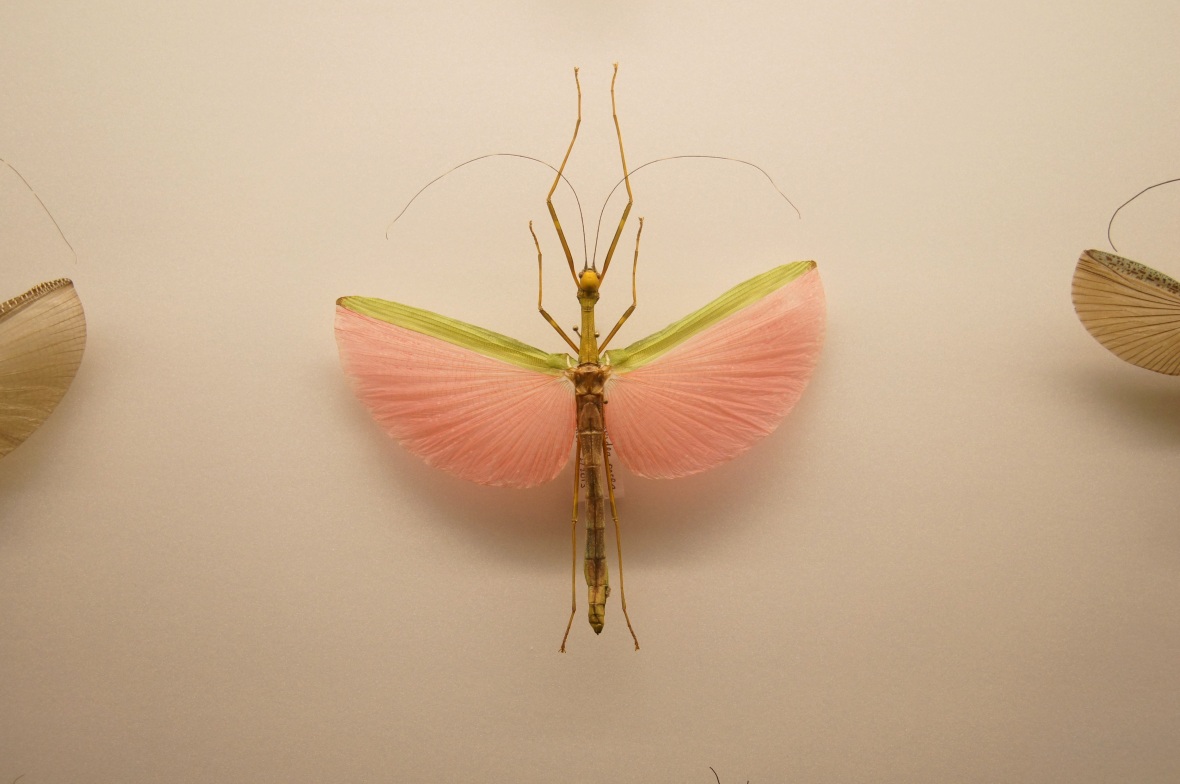
Need to visit sometime soon. Thanks for sharing!
You have to! I’m sure you’ll loveeeee it 🙂
Beautiful photos and recount of your visit. The stick fairy and the reptiles was my absolute favourite! Loved the birds too but silly old me, I felt a bit sad seeing them still.
Seriously that stick insect though? Are you sure she wasn’t Tinkerbell’s fitness freak of a nephew? Gorgeous!
Glad you liked it! Yeah, seeing the birds like that was a bit odd for me too.. but how else can naturalists study birds and give us nature lovers the information we know? 🙂 The stick fairy seemed very much like Tinker Bell’s nephew now that you mention it… All it needs is a cute little leaf dress and a wand and it will be off on its way to Never Land!
Yeah you are absolutely right about the studies 🙂 up and never NEVER land (atom ant reference should not go unnoticed, k thanks hehe)
I will definately have to visit this museum in the future.